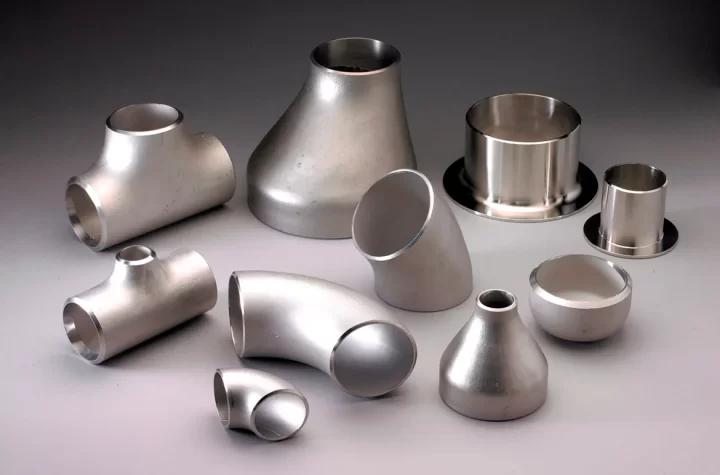
Water damage is one of the biggest threats to any building, and your roof is the first line of defence. Roof waterproofing is an essential step in protecting your home from the elements. When done correctly, it can prevent costly repairs down the line. But what exactly goes into waterproofing your roof? The answer often lies in waterproofing membranes, an integral part of any robust roofing system. Let us break down what roof waterproofing entails, how waterproofing membranes work, and why they are crucial for maintaining the structural integrity of your property.
What Is Roof Waterproofing?
At its core, roof waterproofing is about applying protective layers to your roof to prevent water from penetrating. A well-waterproofed roof prevents leaks, reduces the risk of mould growth, and ensures the longevity of your property’s structure. Given Singapore’s tropical climate, with frequent rains and humidity, roof waterproofing is more than just an option—it is a necessity for homeowners.
Roof waterproofing typically involves various materials, such as liquid-applied coatings, bitumen, or waterproofing membranes. These materials form a barrier that blocks moisture from seeping into the roof.
Why Are Waterproofing Membranes Essential?
Effective waterproofing is the waterproofing membrane. Membranes are thin layers of material applied to the roof’s surface, creating an impermeable barrier between the roof and external water sources. These membranes can be in liquid form, which hardens into a protective coating, or they may come in sheets that are adhered to the roof surface.
The advantage of waterproofing membranes is their flexibility. As roofs expand and contract due to temperature changes, the membrane moves with the roof, maintaining its protective qualities without cracking or deteriorating making it a long-term solution for roof waterproofing, and perfect for Singapore’s climate where weather fluctuations are common.
Types of Waterproofing Membranes
When considering waterproofing membranes, there are several types to choose from, each offering unique benefits:
- Liquid-applied membranes: These are applied in a liquid state and then dry into a seamless, protective layer. This method is ideal for roofs with complex shapes or where precision is necessary.
- Sheet-based membranes: These are large sheets of waterproofing material rolled out and adhered to the roof surface. While installation is quick, it is important to ensure no gaps in the membrane to avoid leaks.
- Bituminous membranes: Often used in large-scale commercial roofing, these membranes are durable and provide excellent resistance to water.
Selecting the right type of membrane depends on your roof’s specific needs, the local climate, and the building type.
Benefits of Roof Waterproofing
Prevents Water Damage
Water can wreak havoc on your home, leading to rot, mould, and structural damage. Effective roof waterproofing keeps your home dry, especially in heavy rainfall. With waterproofing membranes, you reduce the risk of leaks that can compromise the safety and comfort of your home.
Increases Longevity of Your Roof
Waterproofing helps extend the life of your roof. Regular exposure to water can erode the materials of your roof over time. A waterproof membrane acts as a shield, ensuring your roof stays in top shape for years.
Energy Efficiency
A waterproofed roof often contributes to better insulation. By preventing water from seeping in, you maintain the integrity of your roof’s insulating materials, which can help regulate the temperature inside your home, making it more energy-efficient.
Cost-Effective Maintenance
While roof waterproofing is an investment, it pays off in the long run. You will save on repair costs by preventing water damage and the need for frequent repairs. Waterproofing membranes provide long-term protection, so you would not constantly worry about roof maintenance.
Conclusion
Protecting your roof from water damage is crucial for maintaining the structural integrity of your home. You ensure your home is safeguarded against leaks, mould, and costly repairs by investing in roof waterproofing with high-quality waterproofing membranes. Whether you opt for liquid-applied or sheet-based membranes, your roof will have the necessary barrier to withstand Singapore’s unpredictable weather.
If you are ready to take the next step in protecting your home, contact Sika Singapore today.




